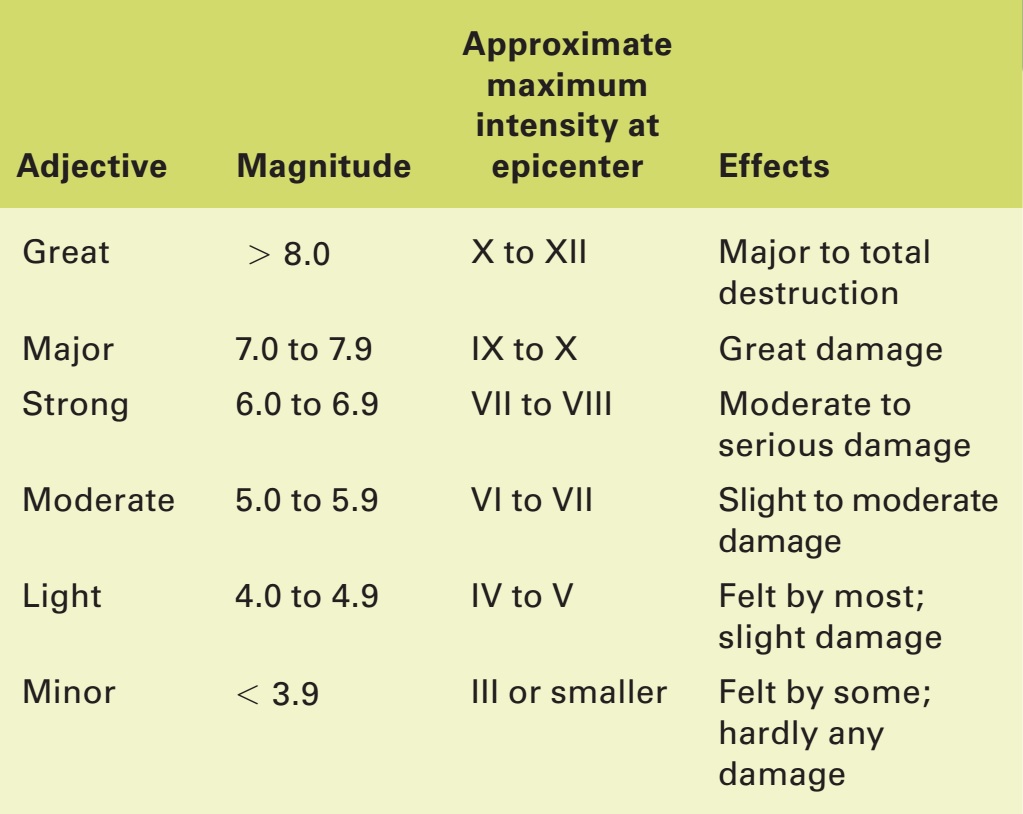

The greater accuracy of the M wg scale over the M w scale at different magnitudes (i.e., m b or M s) is found to be statistically significant in the range including smaller and intermediate events.

The M wg scale is also valid for 3.5 ≤ m b ≤ 7.0 because the relations between seismic moment and the magnitudes m b and M wg are same. To improve upon the consistency of the M w scale for a wider range, a uniform generalized seismic moment magnitude scale M wg = log M 0 / 1.36 − 12.68, for magnitudes ≥ 4.5, has been developed, considering 25,708 global earthquake events having m b and M 0 values from ISC and Global CMT databases, respectively, during the period 1976–2006. We first investigate the degree of closeness of M w values with other observed magnitudes (e.g., M s and m b) for smaller and intermediate magnitude ranges considering global International Seismological Centre (ISC) and Global Centroid Moment Tensor (CMT) databases. In this study, an endeavor has been made to extend the moment magnitude scale to include lower and intermediate magnitudes in a global context emphasizing the use of body waves, particularly P waves, in which data are abundant. The formulation and validation of the M w scale were carried out considering the southern California region for lower and intermediate earthquakes. The moment magnitude ( M w) scale has been referred to by various researchers as the best scale, one that matches well with the observed surface‐wave magnitudes with M s ≥ 7.5 at a global level.

Although a reliable and standardized estimation of earthquake size is a basic requirement for all tectonophysical and engineering applications, different magnitude scales estimate different values for the same earthquake, thereby making such studies inadequate. The aim of obtaining a single scale for earthquake magnitudes has led many studies in the past to either develop relationships among various existing scales or develop an altogether new scale to represent a wide range of magnitudes on a single scale.


 0 kommentar(er)
0 kommentar(er)
